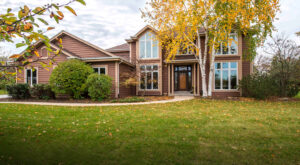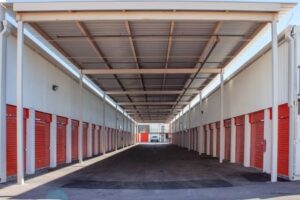Container Gardening For Small Patios And Balconies
3 min read
You don’t need a sprawling backyard to enjoy the beauty and benefits of gardening. In fact, with a little creativity and the right setup, small patios and balconies can be transformed into lush, green oases. Container gardening offers a practical and rewarding solution for those living in apartments or homes with limited outdoor space. Whether you’re looking to grow herbs, flowers, or even vegetables, here’s how to make the most of container gardening on a small patio or balcony.
Why Choose Container Gardening?
Container gardening is ideal for tight spaces because it’s flexible, manageable, and versatile. It allows you to control soil quality, move plants as needed, and grow a variety of plants in a compact area. For renters or urban dwellers, it’s also a low-commitment way to enjoy gardening without digging up permanent garden beds.
Start With The Right Containers
When space is limited, every inch matters. Choose containers that suit your patio or balcony’s size and shape. Hanging baskets, railing planters, vertical wall pockets, and tiered plant stands are perfect for maximizing vertical space. Opt for lightweight materials like plastic or resin if you need to move them around frequently, or use terracotta and ceramic for a more decorative touch.
Ensure that all containers have proper drainage holes to prevent waterlogging, which can cause root rot. You can place saucers underneath to catch excess water and protect your surfaces.
Choose The Right Plants
For small spaces, select plants that thrive in containers and suit the lighting conditions of your outdoor area. South-facing balconies receive more sunlight, perfect for herbs, tomatoes, peppers, and succulents. If your space is shadier, go for shade-loving plants like ferns, begonias, and impatiens.
Herbs like basil, thyme, mint, and rosemary are particularly popular for container gardening. They’re compact, low-maintenance, and add both fragrance and function to your patio garden. For flowers, consider petunias, marigolds, or geraniums for a splash of color.
If you want to grow edibles, lettuce, radishes, cherry tomatoes, and dwarf varieties of carrots or beans are great for small containers.
Use Quality Soil And Fertilizer
One of the keys to successful container gardening is starting with the right soil. Use a high-quality potting mix designed for container plants. Avoid using garden soil, which can become compacted and may not drain well.
Since nutrients in containers deplete more quickly than in garden beds, regular fertilizing is essential. Choose a balanced, slow-release fertilizer or use a water-soluble one every few weeks, depending on your plants’ needs.
Water Wisely
Plants in containers dry out faster than those in the ground, especially in sunny or windy locations. Regular watering is essential—often once a day in hot weather. Early morning or evening is the best time to water, allowing moisture to absorb without quickly evaporating.
Self-watering pots and drip irrigation systems can be great time-savers and help maintain consistent moisture levels.
Add Style And Structure
Small outdoor spaces benefit from intentional design. Group containers in odd numbers for visual appeal and vary the height and size of pots to create dimension. Incorporate decorative elements like garden statues, string lights, or outdoor rugs to turn your patio or balcony into a welcoming retreat.
Final Thoughts
Container gardening is a simple yet satisfying way to bring life and color to small patios and balconies. With the right setup and care, even the tiniest outdoor space can bloom into a personal green haven. So roll up your sleeves, grab a few pots, and start planting—your little garden paradise awaits.
Take a look at these resources :
https://uggaustraliasalenet.com
https://kumpulanbandarpoker.org
https://mrfinancechallenge.com






